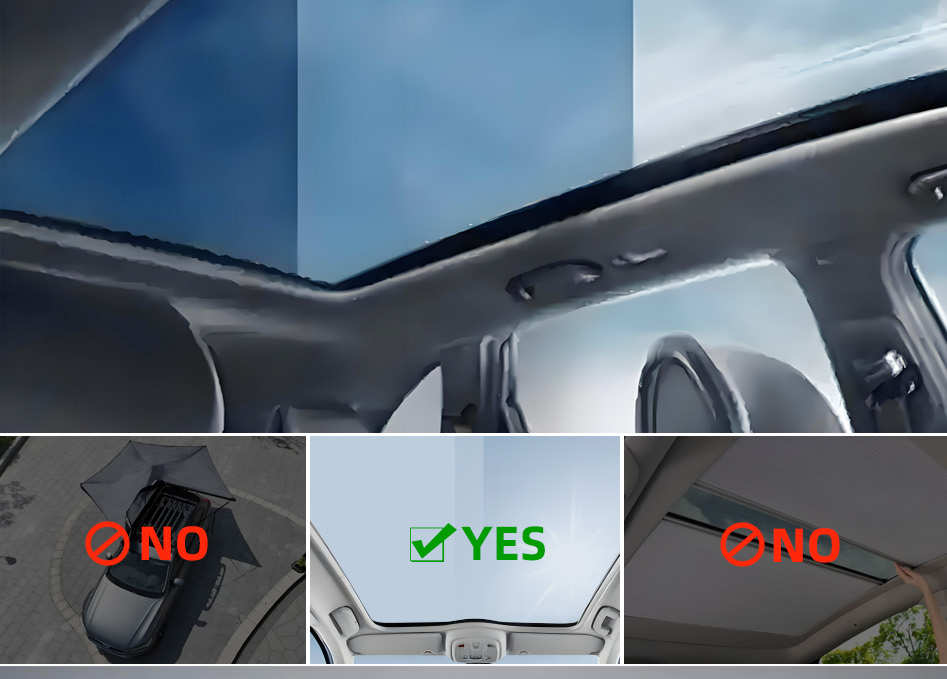-
 Call Now ! +86 135 3835 3835
Call Now ! +86 135 3835 3835 -
 Email Now Fanyl@mhlcd.com
Email Now Fanyl@mhlcd.com



Smart Dimming Glass for Automotive Applications
(Also referred to as PDLC dimming glass or electrochromic glass) is an advanced high-tech glass that adjusts its transparency via electrical current or light control. It offers the following key advantages:
One-Toggle Transparency/Frosted Effect: Instantly switches between clear and opaque states via electronic or optical control, ensuring cabin privacy (e.g., anti-peeping) while eliminating the need for conventional sunshades.
Zoned Dimming: Certain premium models support selective dimming (e.g., rear side windows only) to accommodate diverse needs.
Smart Sunshading: Automatically or manually modulates light transmission to reduce glare and block UV radiation (blocks over 80% of UV rays), lowering cabin temperature and improving ride comfort.
Anti-Glare: Minimizes glare from oncoming headlights at night or sunlight reflections during daytime, enhancing driving safety.
Reduced AC Load: Cuts heat buildup from direct sunlight, indirectly lowering air conditioning consumption and extending EV range.
Sustainable Materials: Some variants eliminate the need for additional shading accessories, reducing material waste from traditional sunshades.
High-Tech Appeal: Dynamic transitions between transparent and frosted states create a cutting-edge ambiance, elevating the vehicle’s premium feel (common in high-end EVs or commercial vehicles).
Streamlined Interior: Removes physical sunshades for a cleaner cabin layout.
Projection Screen: Frosted mode doubles as a display surface for in-car entertainment systems (e.g., rear-seat screens).
Shatterproof Safety: Laminated designs in some products prevent glass fragmentation upon impact, improving safety.
Multiple Activation Modes: Supports manual buttons, light sensors, mobile apps, or voice control (e.g., integrated with smart cockpits).
Versatile Use Cases: Applicable to side windows, sunroofs, and rear windshields—ideal for panoramic roof models.
Higher Cost: Pricier than standard glass, primarily featured in mid-to-high-end vehicles.
Power Dependency: Requires continuous electricity to maintain state (though power consumption is typically low); malfunctions may disrupt functionality.
EVs: Tesla Cybertruck (rear privacy glass), NIO ET7 (electrochromic sunroof).
Commercial Vehicles: Retrofitted rear privacy glass for business接待 (business接待: business reception).
Smart dimming glass is becoming a pivotal feature in automotive intelligence and comfort. As the technology matures, costs are expected to decline further.